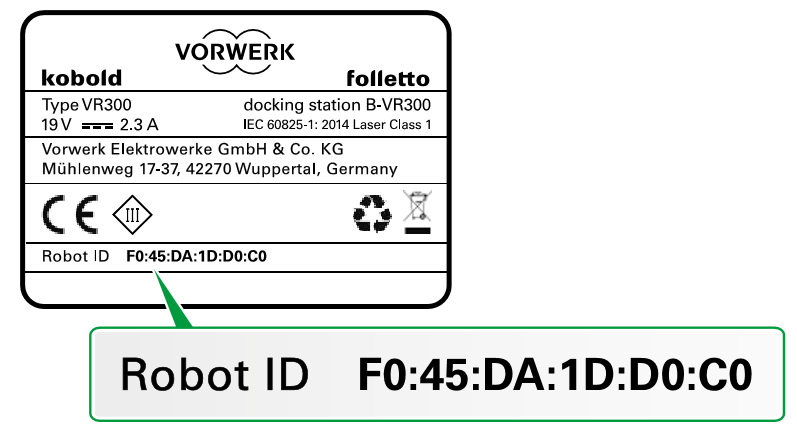



Robotc ide manual#
The ISO/ANSI C++ language standard was officially approved in 1998 and adopted most of the rules present in the ANSI base document The Annotated C++ Reference Manual as written by Ellis and Stroustrup. A formal ISO/ANSI C++ committee (X3J16) was established to help develop an accurate and reliable standard for the language in order to eliminate the ambiguities in the C++ compilers and translators of the time. The language also provides support for several other useful mechanisms such as parameterized types, templates, and exception handling. The language has evolved rapidly and several new features have been added since its initial release in 1985. The programming language C++ was designed with the intent of merging the efficiency and conciseness of C with the object-oriented programming (OOP) features of SIMULA-67. Subsequent comments led to a revision and new release in 1985. From 1983–1984 C with Classes was revised and renamed C++. In the first phase, Stroustrop merely viewed his work as an extension of C, calling it C with Classes.
Robotc ide portable#
The C language is also widely used as an intermediate representation (essentially, as a portable assembly language) for a wide variety of compilers, both for direct descendents like C++, and independent languages like Modula 3 and Eiffel.Ĭ++ is a programming language developed at AT&T Bell Laboratories by Bjarne Stroustrup in the early 1980s. The programming language C has several direct descendants, though they do not rival Pascal in generating progeny, such as Concurrent C, Objective C, C*, and especially C++. It also should be pointed out that BCPL and B are the typeless languages, whereas C is a typed language (every variable and expression has a data type that is known as compile time). The strings are terminated by a special character “\0”. In the C language, a string literal denotes the address of a static area initialized with the characters of the string, packed into cells. BCPL, B, and C do not strongly support character data in the language each treats strings much like vectors of integers and supplements general rules with a few syntactic conventions. Each of the languages recognizes separate compilation, and provides a means for including text from named files which are called header files. B and C avoid this restriction by imposing a more severe one: no nested procedures at all. Procedures can be nested in BCPL, but may not refer to nonstatic objects defined in containing procedures. Programs consist of a sequence of global declarations and function (procedure) declarations. At the same time, their abstractions lie at a sufficiently high level that, with care, portability between machines can be achieved.īCPL, B, and C are syntactically different in many details. The programmers can use library procedures to specify interesting control constructs such as coroutines and procedure closures. The abstractions that they introduce are readily grounded in the concrete data types and operations supplied by conventional computers, and they also rely on library routines for input-output and other interactions with an operating system. They are low level programming languages. They are particularly oriented toward system programming, are small and compactly described, and are amenable to translation by simple compilers. BCPL, B, and C all fit firmly into the traditional procedural family typified by FORTRAN and Algol 60. Today it is among the languages most commonly used throughout the computer industry.Ĭ evolved from the B and BCPL programming languages.
Robotc ide software#
During the 1980s the use of the C language spread widely, and compilers became available on nearly every machine architecture and operating system in particular it became popular as a programming tool for personal computers, both for manufacturers of commercial software for these machines, and for end users interested in programming. The C programming language was finally and officially standardized by the ANSI X3J11 committee in mid-1989. In 1978 Brian Kernighan and Dennis Ritchie published The C Programming Language. It was developed at AT&T for the purpose of writing an operating system for PDP-11 computers. The C programming language came into being in the years 1969–1973. Jiang Guo, in Encyclopedia of Information Systems, 2003 I.


 0 kommentar(er)
0 kommentar(er)
